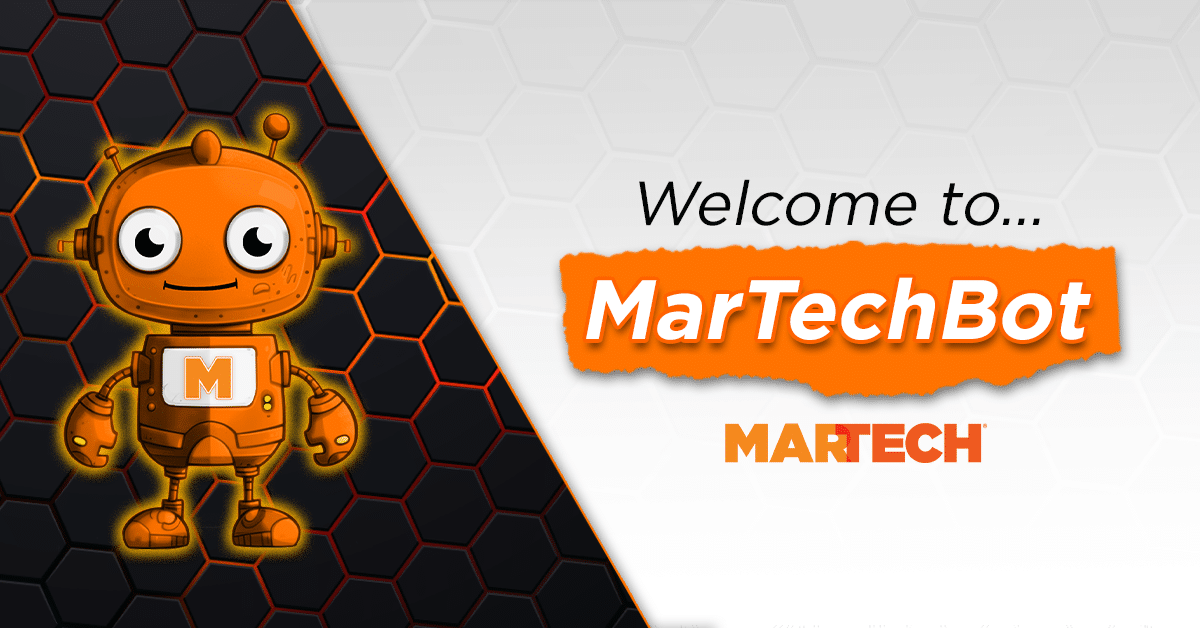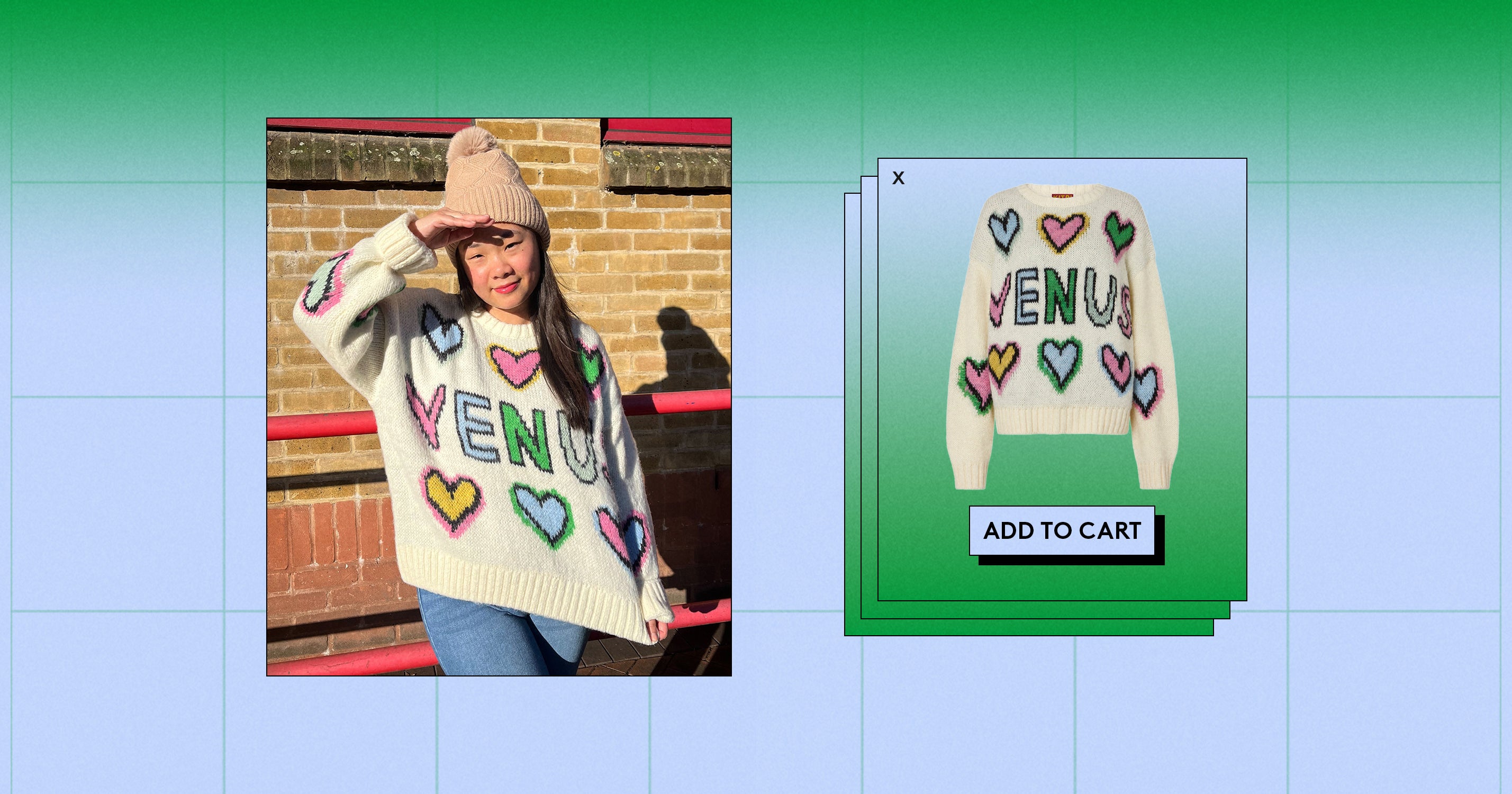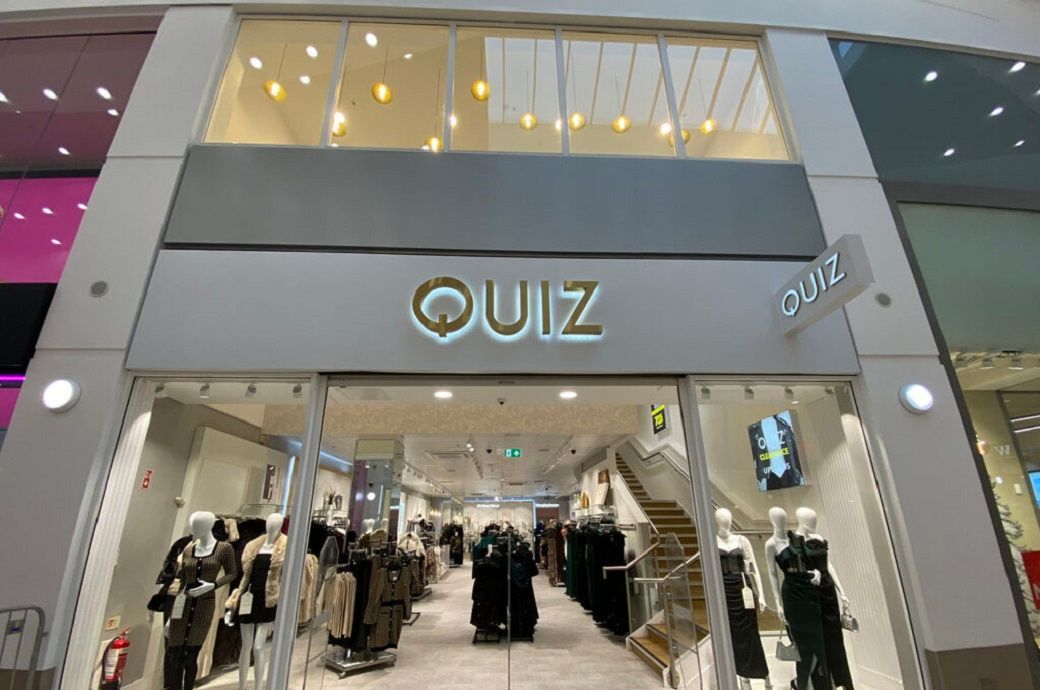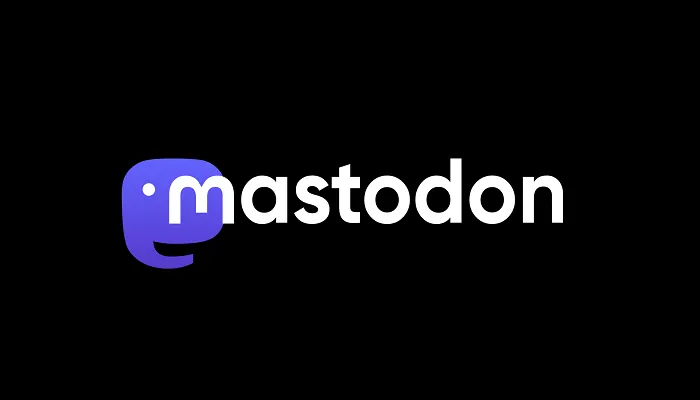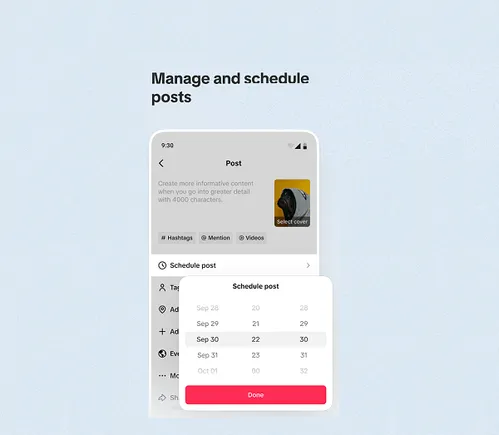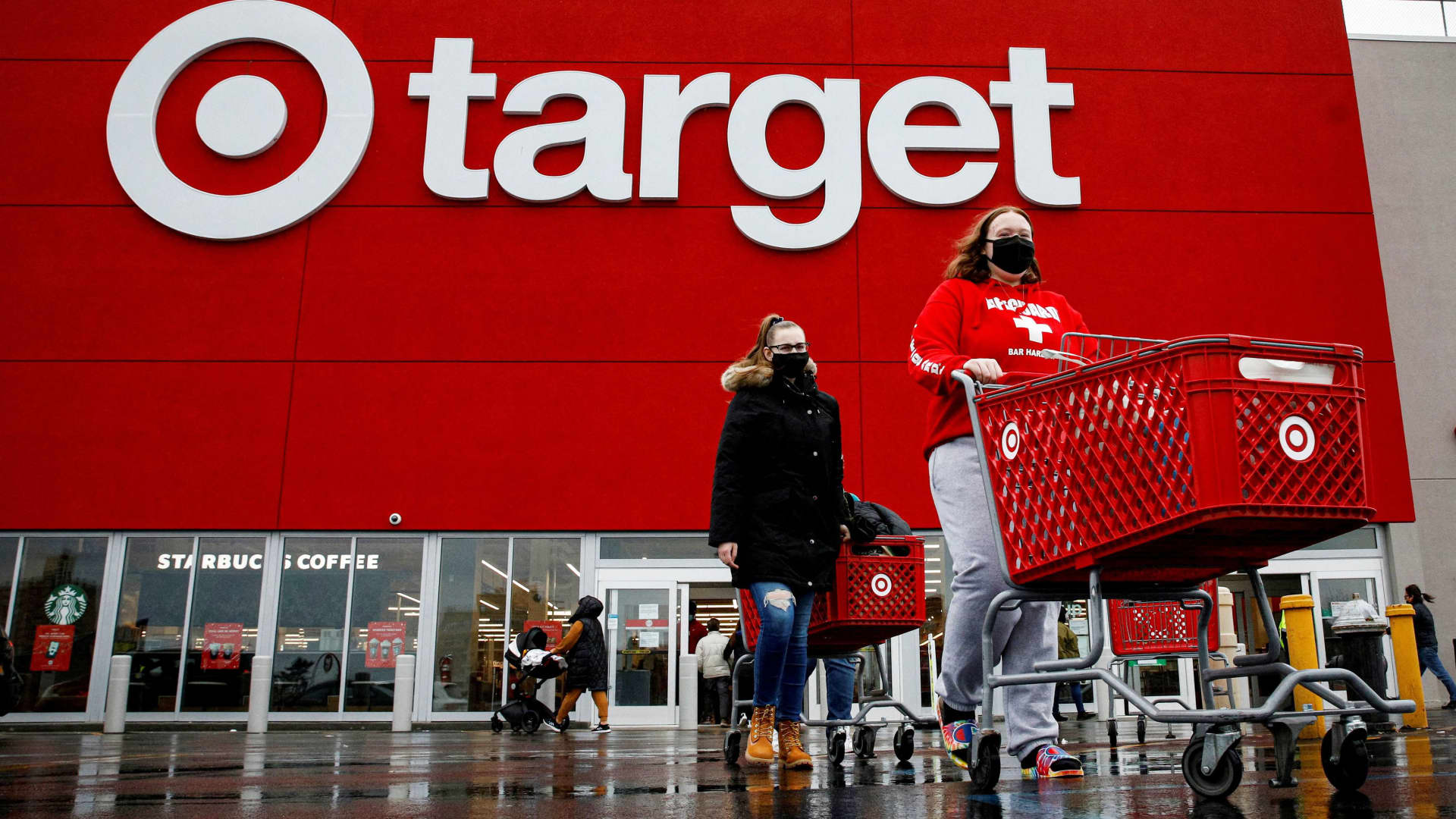For the current generation of multiple industrial applications, the different characteristics of Blockchain, such as decentralization, transparency, and security, have made it a compelling and revolutionary technology. One of those domains is the Cloud of Things, made possible by the Internet of Things and cloud computing working together.
The Cloud of Things contributes its features through elasticity and scalability functionalities for improving the overall efficiency of blockchain operations. Blockchain proves to be a very crucial solution that can remove the challenges of the Cloud of Things through decentralization, providing data privacy, and network security.
As a result, the combination of Blockchain and the cloud of things, known as BCoT, becomes quite beneficial. This technology currently holds great potential for a wide range of industrial applications.
What Exactly Is Blockchain?
A blockchain is a continuously expanding linked list-like structure of records consisting of blocks connected to one another by links and stored using encryption. A cryptographic hash of the block before it, the moment the block was added to the Blockchain, and transaction-related data are all kept in each block of the Blockchain.
Since each block holds a connection to its predecessor and information about it, the preceding block cannot be altered or removed. Blockchains can avoid changing any data in any of the blocks because once the data is recorded, it cannot be changed without changing the data in all the blocks that come before it.
Understanding Cloud Of Things
The Internet of Things (IoT) and cloud computing are two technologies that significantly alter communication and information technology fields. Our quality of life has significantly improved thanks to the Internet of Things (IoT) and numerous new industrial, consumer, and business service-related applications.
IoT is a network of interconnected physical things with sensors, software, and other technologies. These technologies connect to other devices and systems via the Internet and exchange data.
This system can be used to gather information from the environment, store it, process it, and derive relevant information, leading to the development of smart cities, innovative businesses, and other applications.
The Cloud of Things (CoT) paradigm was introduced due to IoT’s constant delegation of IoT application activities to Cloud computing due to the limited resources of IoT devices, such as storage capacity. The CoT provides a robust and adaptable cloud computing environment for processing and administering IoT services. This has the potential to increase system effectiveness and performance significantly.
Scope Of Blockchain Technology In Cloud Computing
The following are the main areas where Blockchain has the potential to outperform current cloud solutions:
The blockchain system can significantly improve functionality or performance thanks to its distinctive qualities. Being a decentralized system, Blockchain can be of tremendous assistance in creating an architecture where multiple computers can operate concurrently on one activity, such as data processing or storage, which can shorten the total duration of the operation and speed up data processing and uploading.
Another feature of cloud computing is that security has improved.
As cloud computing typically deals with a large amount of data, there is always a risk of data insecurity.
Additionally, because cloud computing relies on a centralized architecture, there is a chance that the central server could be compromised by hackers, which would cause the entire system to crash and leave no backup of any lost data. Therefore, there is potential for employing Blockchain in cloud computing to address these problems.
Blockchain in Cloud Computing: Benefits
The following are some of the benefits of integrating Blockchain in cloud computing:
Relying on a central server for data management and decision-making is a significant issue in IoT and cloud computing. A central server failure, for example, might disrupt the entire system and result in the loss of crucial data that was kept on the server.
The main server is also vulnerable to hacker attacks. Blockchain can offer a solution to this issue since it uses a decentralized architecture that prevents the failure of the entire system in the event that one server goes down by storing numerous copies of the same data on several computer nodes. Additionally, since several copies of the data are on various nodes, data loss cannot be an issue.
- More Effective Goods and Service Ownership Tracking
Keeping track of all the vehicles in its network, their current locations, the time each vehicle was in one area, and establishing communication between many vehicles are essential challenges for the logistics sector.
Similar to tracking services for packages, software goods also have issues because of their centralized architecture. There is considerable promise in Blockchain to track these goods and services.
IoT data storage on the cloud presents a significant challenge because IoT data is typically related to the homeowner’s personal information, such as video footage, voice recordings, household items, property, and personal habits.
If these data are leaked, it can compromise personal security and lead to robberies, assaults, and the illegal sale of personal information for profit. The cloud infrastructure is in danger as a result of these circumstances.
The usage of Blockchain in cloud computing, which can give the entire architecture increased security, is the answer to this issue.
The volume of transactions in blockchain networks can be very high for large-scale blockchain applications. To enable scalable blockchain services, it is crucial to have complete data processing services that have high transaction execution.
The cloud can provide blockchain activities with on-demand computing power in this area because of its potential to scale. In other words, combining cloud computing with Blockchain can provide a highly scalable integrated system.
Blockchain data can be replicated via the cloud across a network of computing systems solidly connected by collaborative clouds. As a result, the risks of a single failure due to the disruption of any cloud node will be reduced, enabling continuous services.
The Future Of Blockchain’s Potential in Cloud Computing
The cloud has become such a crucial component of today’s corporate world that working with it can be dangerous due to its significant reliance on it and the risks that come with it. Significant business risk is primarily presented by the security, compliance, and centralized-based cloud model.
Additionally, the fear that COVID-19 caused businesses to rush to cloud solutions and cloud computing providers without adhering to the necessary legal and compliance regulations, thus putting their data security in danger.
Blockchain is having a good effect and making it easier, faster, and more reliable to use storage, transactions, and business operations. The way forward is to combine Blockchain and cloud to benefit from increased security and decentralization, which improves authorization, privacy, and efficiency.
However, more work must be done to address Blockchain’s difficulties, like the requirement to store data at each node and improve security. Further study on how to use this combination can aid businesses in addressing problems posing a threat to data, which is essential for operating and making decisions in today’s fiercely competitive environment.
Conclusion
Cloud computing has a tonne of great prospects because of blockchain technology. It is a practical way to guarantee privacy and security in a cloud environment. The technology can also reduce the cost of using cloud services and give users of those services a platform to establish trust with one another.
















